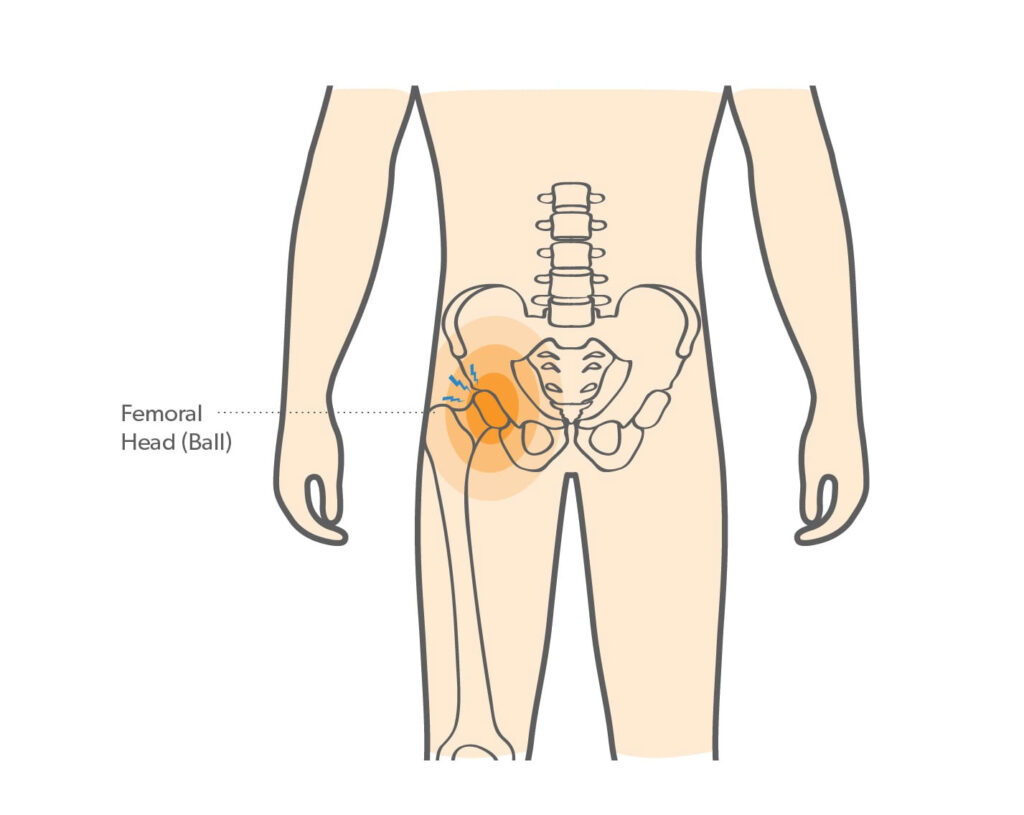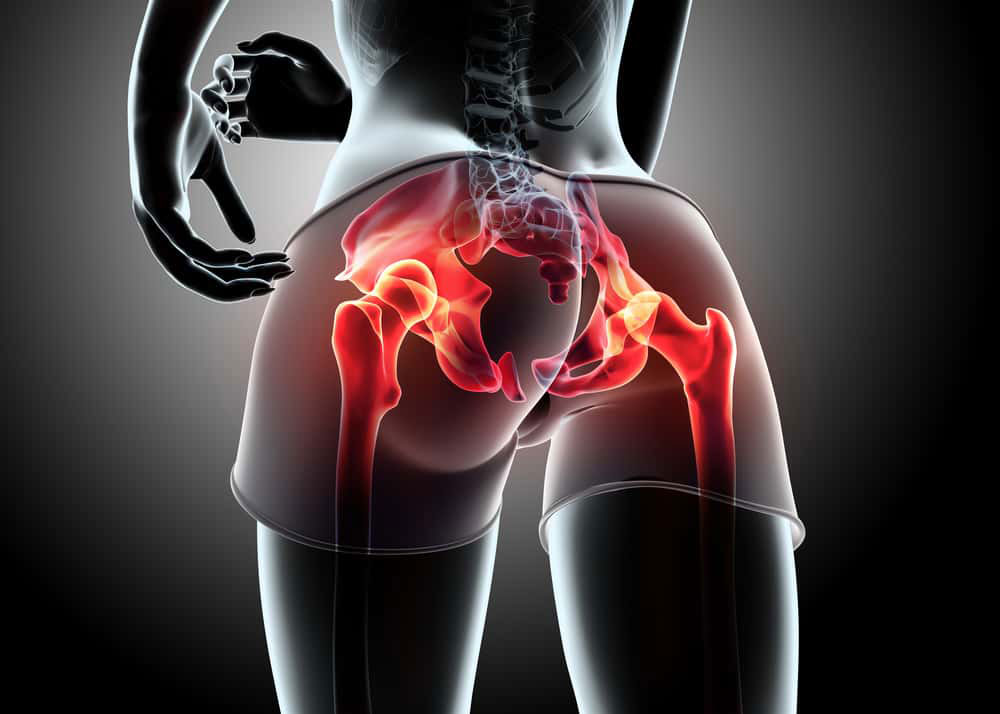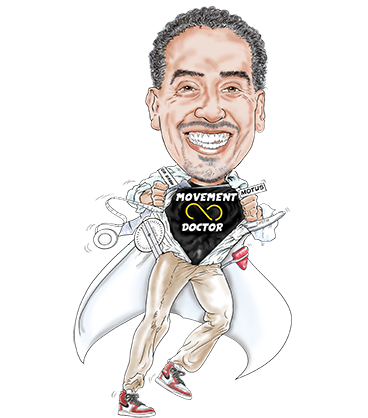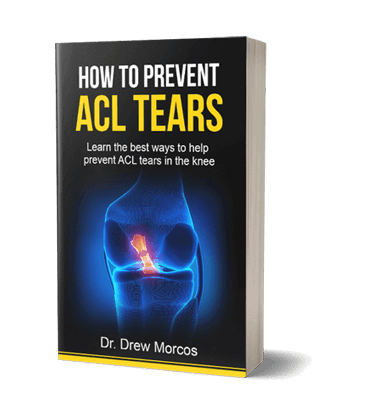Snapping Hip Syndrome
Snapping Hip
No one likes to feel pain, especially when it is unexpected. For many people, the sudden sharp pain that comes with snapping hip can be quite alarming. This condition can be caused by a variety of things and can occur in people of all ages. If you are experiencing this type of pain, it is important to seek medical attention to determine the cause and get treatment if necessary. In the meantime, here is some information about snapping hip and what you can do to relieve the discomfort.

What is snapping hip syndrome?
Snapping hip syndrome is a condition that causes a snapping sensation or sound in the hip when the leg is moved. The snapping may be caused by the movement of tendons or muscle over the hip joint, or by the movement of bony structures in the joint. Snapping hip syndrome can occur in both adults and children, but is more common in young people. It is more common in women than in men.
There are two types of snapping hip syndrome: internal and external. Internal snapping hip syndrome occurs when the tendon of the hip joint moves over the bony structures or the hip bone on the inside of the hip joint. This type of snapping hip syndrome is more common in young people and children and leads to an injury in the labrum in the hip socket. External snapping hip syndrome occurs when the tendon of the hip joint moves over the bony structures on the outside of the hip joint. This type of snapping hip syndrome is more common in adults.
Snapping hip syndrome is generally not a serious condition and does not cause any lasting damage to the hip joint. However, it can be painful and can interfere with activities such as walking, running, and dancing.
Symptoms of Snapping Hip
The most common symptom of a snapping hip is a snapping or clicking sensation that you feel when you move your hip. This may be accompanied by a feeling of pain or discomfort. In some cases, the snapping may be loud enough to be heard by others.
The snapping sensation occurs when the iliopsoas tendon rubs against the head of the femur (thigh bone). The iliopsoas tendon is a strong band of tissue that connects the lower spine to the upper thigh. It helps you lift your leg when you walk, run, or climb stairs.
The snapping sensation may be worse when you move your hip from a bent position to a straight position. For example, you may feel it when you stand up after sitting for a long time. Or you may feel it when you climb stairs or get out of a car.
In some cases, the snapping hip may cause pain. The pain is usually mild and goes away on its own. But in some people, the pain can be more severe.
If you have a snapping hip, you may also have weakness in your hip or thigh. You may have trouble moving your leg, walking, or climbing stairs. In some cases, the weakness can be severe enough to cause a limp.

Diagnosis of Snapping Hip
There are several ways to diagnose snapping hip syndrome. The most common method is through physical examination. Your doctor will ask you to move your hip in certain ways and then feel for any clicking or popping sensations. He or she may also order imaging tests, such as an X-ray, MRI, or ultrasound, to get a better look at the structures around your hip.
Treatment for Snapping Hip
If you have snapping hip syndrome, several treatment options can help relieve your symptoms and improve your range of motion. To treat snapping hip syndrome, options include:
Rest:
Avoiding activities that aggravate your symptoms is often the first line of treatment.
Ice:
Applying ice to the affected area can help reduce inflammation and pain.
Physical therapy:
Exercises that stretch and strengthen the muscles and tendons around the hip can be beneficial.
Corticosteroid injections:
Injections of corticosteroids into the affected area can help reduce pain and inflammation.
Surgery:
In some cases, surgery may be necessary to release the tight tissue around the hip.
Snapping hip is a relatively common condition that can cause pain and discomfort. However, with proper diagnosis and treatment, most people are able to find relief. If you think you may have a snapping hip, talk to your doctor. He or she can help you develop a treatment plan that's right for you.

Prevention tips for snapping hip syndrome
There are several things you can do to help prevent snapping hip syndrome, or at least reduce your risk of developing the condition. First, if you participate in activities that put stress on your hips, such as running or dancing, be sure to warm up properly before starting. A good warm-up will help increase blood flow to the muscles and joints, making them less susceptible to injury.
Stretch your hip muscles regularly. This will help keep them flexible and strong, which can help prevent the development of snapping hip syndrome. If you are already experiencing snapping hip syndrome, stretching can still be helpful in managing the condition.
Be sure to wear supportive shoes when participating in activities that put stress on your hips. This will help reduce the amount of impact on your joints, helping to prevent injury.
If you are overweight, losing weight can help reduce the amount of stress on your hips and joints, which can help prevent snapping hip syndrome.
Finally, if you experience any pain or discomfort in your hip area, be sure to see a doctor or other healthcare provider for an evaluation. Early diagnosis and treatment of snapping hip syndrome can help improve your chances of a full recovery.
When to see a doctor for snapping hip syndrome
If you think you may have snapping hip syndrome, it’s important to see your doctor. Snapping hip syndrome can be difficult to diagnose because the symptoms can be similar to other conditions, such as bursitis or tendonitis.
Your doctor will likely ask about your medical history and do a physical examination. He or she may also order imaging tests, such as an X-ray, MRI, or CT scan, to rule out other conditions.

Complications associated with snapping hip syndrome
The complications associated with snapping hip syndrome can include:
– Painful snapping or clicking sensation when moving the affected hip
– Hip joint instability
– Limited range of motion in the affected hip
– Muscle weakness in the affected hip
– Arthritis in the affected hip
If left untreated, complications associated with snapping hip syndrome can lead to chronic pain and disability. Treatment for snapping hip syndrome typically focuses on addressing the underlying cause of the condition, such as tightness in the muscles or ligaments around the hip joint. In some cases, surgery may be necessary to correct the problem.

The prognosis for snapping hip syndrome
The prognosis for snapping hip syndrome is generally good. Most people with the condition can expect to experience a full or nearly full recovery with proper treatment. In some cases, however, snapping hip syndrome may lead to long-term pain or disability.
Frequently Asked Questions
The snapping hip is a condition where you feel a snapping sensation in your hip when you move. This can be caused by a number of things, including:
– A tight iliotibial band
– Weak gluteal muscles
– Loose ligaments or tendons around the hip joint
– Arthritis in the hip joint
Treatment for a snapping hip will vary depending on the underlying cause. For example, if your IT band (iliotibial band) is tight, you may need to stretch it or foam roll it to release the tension. If your gluteal muscles are weak, you may need to do strengthening exercises to help support your hip joint. And if you have arthritis, you may need to take medication or have joint surgery to get relief from the iliotibial band stretch.
No, snapping hip syndrome is not serious. Although the snapping sensation can be annoying, it does not cause any damage to the hip joint. In fact, many people with snapping hip syndrome never experience any pain or other symptoms. However, if the condition is left untreated, it can lead to painful arthritis of the hip. Therefore, it is important to see a doctor if you experience any pain or discomfort associated with snapping hip syndrome.
As soon as the snapping hip is diagnosed and treated, the chances of it going away are very good. However, if the condition is left untreated, it may become a chronic condition. Chronic snapping hip can lead to joint damage and pain. It is important to see a doctor as soon as possible if you think you may have this condition. Treatment options include:
– Physical therapy
– Surgery
– Anti-inflammatory medication
– Steroid injections
– Activity modification
With proper treatment, snapping hip can be resolved and will not cause any long-term damage.
While the snapping hip itself may not cause any damage, the underlying condition that is causing the snapping hip may. For example, if you have a labral tear or hip impingement, these conditions can eventually lead to cartilage damage and/or arthritis. If you are experiencing a snapping hip, it is important to see your doctor to determine the cause so that you can receive proper treatment.
Have you been injured at some point in your journey?
Are you not achieving your highest level of function?
We’ve helped hundreds of people at all walks in life
get back to performing their best painfree!
3 Ways to Level Up Your Rehab and Injury Prevention With Us





